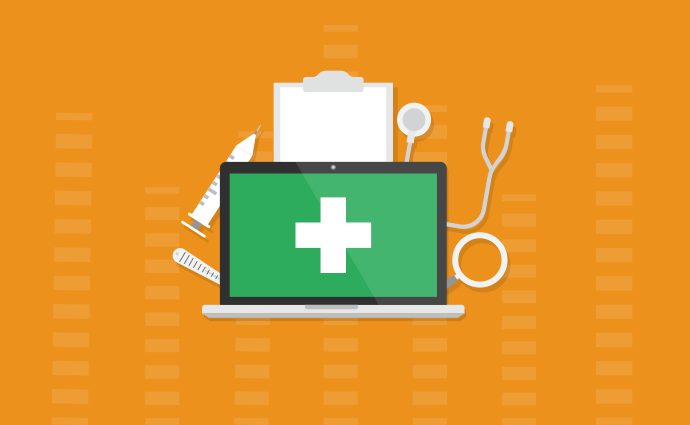CMS Eyes Reimbursements for Mobile Integrated Healthcare Programs
The Centers for Medicare & Medicaid Services will soon test a new Medicare payment model that would reimburse healthcare providers who use mHealth and telehealth as a means of reducing unnecessary ED transports.

Source: ThinkStock
- Federal officials will be testing a new Medicare reimbursement model that supports telehealth and mHealth programs that replace Emergency Department visits.
The Health and Human Services Department’s Center for Medicare and Medicaid Innovation this week unveiled the Emergency Triage, Treat and Transport (ET3) model, aimed at reimbursing programs that offer an alternative to costly and unnecessary ER transports.
“This model will create a new set of incentives for emergency transport and care, ensuring patients get convenient, appropriate treatment in whatever setting makes sense for them,” HHS Secretary Alex Azar said in a press release. “Today’s announcement shows that we can radically rethink the incentives around care delivery even in one of the trickiest parts of our system. A value-based healthcare system will help deliver each patient the right care, at the right price, in the right setting, from the right provider.”
The model shines a spotlight on Mobile Integrated Health (MIH) programs that are springing up around the country, many forged by health systems and EMS providers looking to reduce ER crowding and funnel patients to the right care.
These programs use mobile health teams and telehealth platforms to improve care coordination for people calling 911. Some of the programs screen those incoming calls to determine the appropriate care needed, while others send healthcare providers to the scene of the 911 call.
Medicare currently reimburses for unscheduled ambulance transports to hospitals, critical access hospitals, skilled nursing facilities or dialysis centers, often prompting providers and ambulance companies to basically transport first and ask questions later.
The ET3 model would add two options:
- Reimbursement for treatment by a qualified healthcare provider, either through telemedicine or at the scene of the 911 call; and
- Reimbursement for transport to alternative care locations, such as an urgent care clinic or primary care doctor’s office.
“The ET3 model encourages high-quality provision of care by enabling participating ambulance suppliers and providers to earn up to a 5 prcent payment adjustment in later years of the model based on their achievement of key quality measures,” CMS officials said. “The quality measurement strategy will aim to avoid adding more burden to participants, including minimizing any new reporting requirements. Qualified health care practitioners or alternative destination sites that partner with participating ambulance suppliers and providers would receive payment as usual under Medicare for any services rendered.”
The ET3 model is expected to roll out in January of 2020 for a review period of five years. CMS said it would be rolled out in a phased approach through multiple application rounds, and urged applicants to explore partnerships with other payers, such as state Medicaid agencies.
“The ET3 model is yet another way (the Centers for Medicare & Medicaid Services) is transforming America’s healthcare system to deliver better value and results for patients through innovation,” CMS Administrator Seema Verma said in the press release. “This model will help make how we pay for care more patient-centric by supporting care in more appropriate settings while saving emergency medical services providers precious time and resources to respond to more serious cases.”
